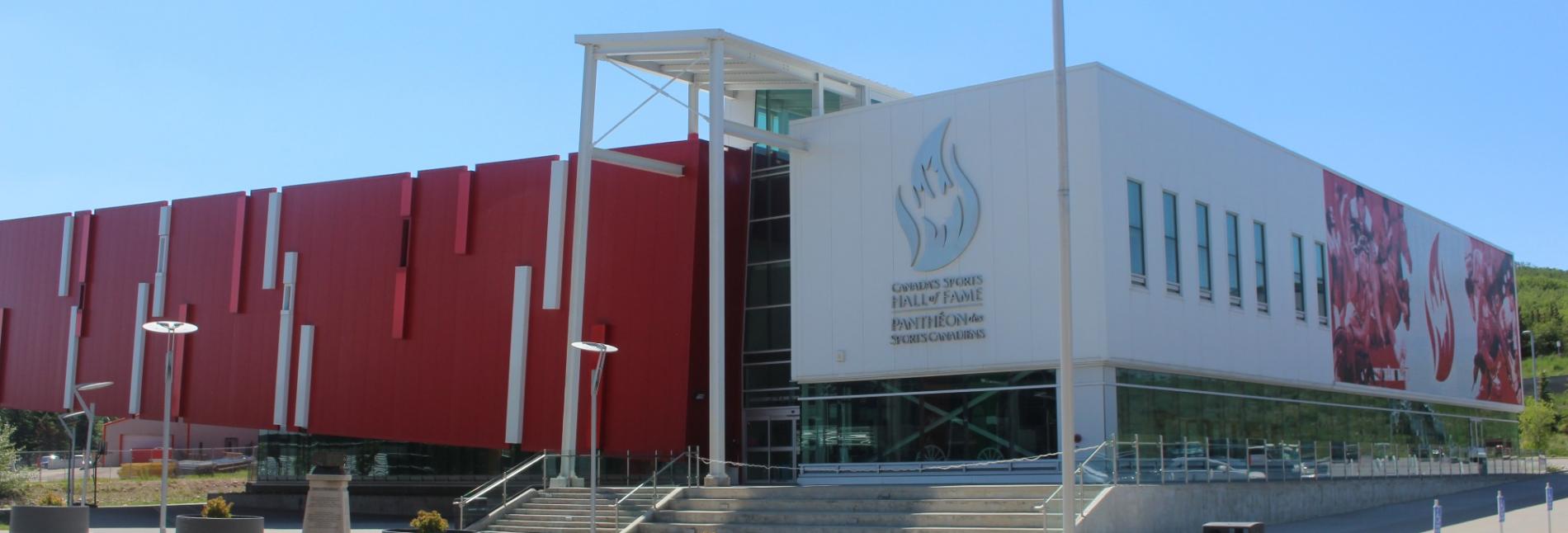Hall of Famer
Dr. James Naismith
Inducted in 1955
Member Details
Career Highlights
First introduced the game of basketball
First public basketball game
First Olympic basketball event

Story
One does not often stop to consider how a sport has come into existence. Most sports are assumed to be rooted in traditional games which have passed through generations and diffused across cultures over the centuries, eventually evolving into our modern athletic events. Basketball, however, is unique in that its existence was premeditated, and its inception can be pinpointed. James Naismith, the father of the sport, stated that the "invention of the game of basketball was not an accident. It was developed to meet a need." Naismith was working as an instructor of physical education at the YMCA International Training School in Springfield, Massachusetts, when he was assigned the task of inventing an indoor sport to fill the winter void between the football and baseball seasons. Students were quickly losing interest in the few indoor activities that were available to them during the cold months. Putting much thought into the logistics of a fun, safe, and challenging indoor game, Naismith single-handedly created a sport that would quickly sweep the globe. James Naismith grew up in the Ottawa Valley, just outside of Almonte, Ontario. Orphaned at the age of nine, young James and his siblings were taken in by a nearby uncle in 1870. Though he had to take a number of years off from school in order to help support his family, Naismith was still able to attain a scholarship to attend McGill University in 1883. While a student in Montreal, Naismith was an active athlete, participating in a wide variety of sports, including football, lacrosse, wrestling, and gymnastics. After receiving his B.A. in 1887, he enrolled in theology at the Montreal's Presbyterian College but maintained his involvement in athletics as an instructor of physical education at McGill. After graduating in 1890, Naismith decided that physical education was a better way to reach young people than religious preaching, so he enrolled at the YMCA International Training School in Springfield, Massachusetts. After just a few months, he became a staff member and instructor under the direction of Dr. Luther Halsey Gulick. It was Gulick who appointed Naismith to address the need for a new sport. Naismith's approached the creation of this new sport with the logic and ingenuity of an educated and enthusiastic sportsman. He decided to use a large, light ball to avoid the need for any "intermediate equipment" as was needed in small-ball sports such as baseball, tennis, and lacrosse. To avoid the brutish reputation of sports such as rugby, Naismith declared that rough physical contact of any kind would be punished with a foul. To make his sport suitable for indoor play and discourage tackling, he ruled that the ball could only be advanced by passing it from player to player (dribbling was not incorporated until later). He made the opening of the goal on a horizontal axis so that players had to shoot with gentle precision, rather than brute force; he then placed it over their heads to avoid excessive goal-blocking by the defensive team. The original positioning of the players was modeled on lacrosse, one of Naismith's favourite sports. Naismith first introduced the game to his students in December of 1891. He presented them with his 13 rules and divided them into two teams of nine. Naismith asked the building superintendent to provide two boxes for goals, but instead he was given two half-bushel baskets. This was how the name "basketball" came to be. The first public basketball game was played in early 1892, and it did not take long for the sport to spread. Other YMCA's across the U.S. began implementing it in their programs and schools began introducing it to their athletic departments. The game also caught on internationally and by the turn of the century baskets were being hung in gyms across North America, Europe, and Asia. The rapid spread of the sport was largely due to Naismith's careful design--because of its versatility and accessibility, it can be played indoors or outdoors, with varying numbers of players and little equipment. Naismith also made sure that fair play and sportsmanship were inherent in the rules of the game, while the positioning of the overhead baskets opened up a whole new world of athletic techniques. Naismith watched his sport grow with little fanfare but much satisfaction. He completed a medical degree in 1898 and became a professor of physical education at the University of Kansas shortly thereafter. In 1936, he was the guest of honour at the very first Olympic basketball event in Berlin, Germany. He presented the first Olympic gold medal to the American team, and the silver medal to the Canadians, proof that his invention was no longer just a winter pastime, but an integral part of world sporting culture. The Naismith Hall of Fame and Museum, the centre for Canada's basketball heritage, was named in his honour and stands in his hometown of Almonte, Ontario.






